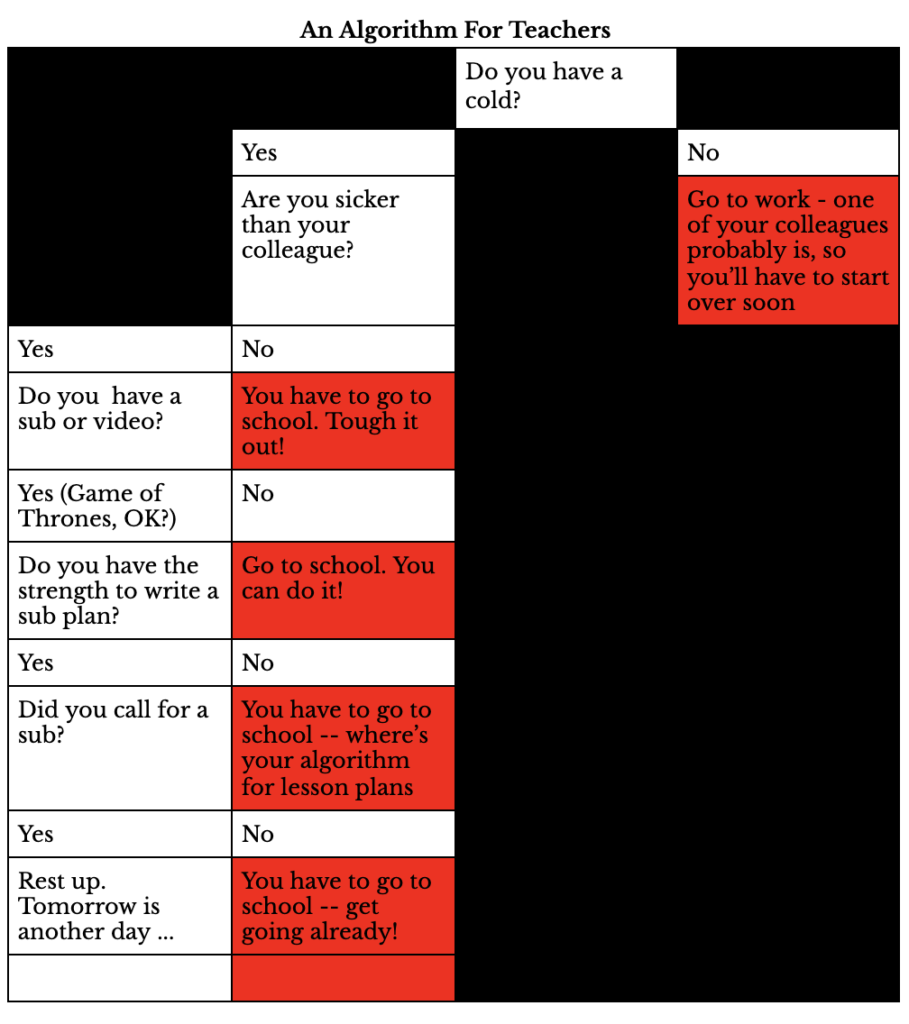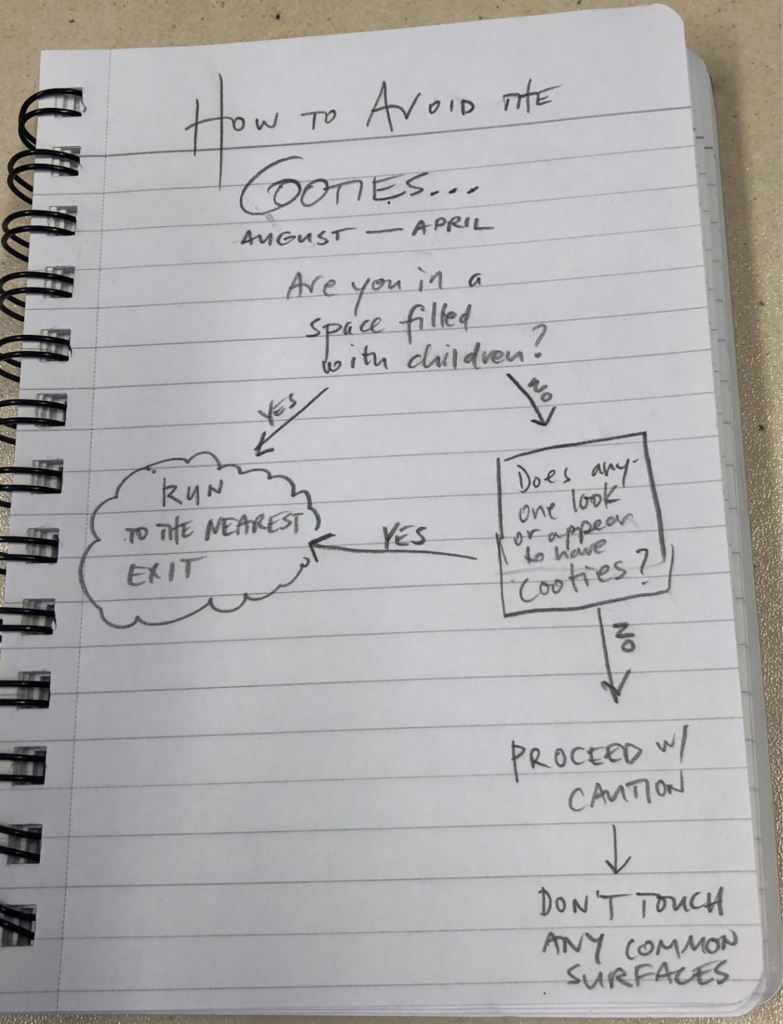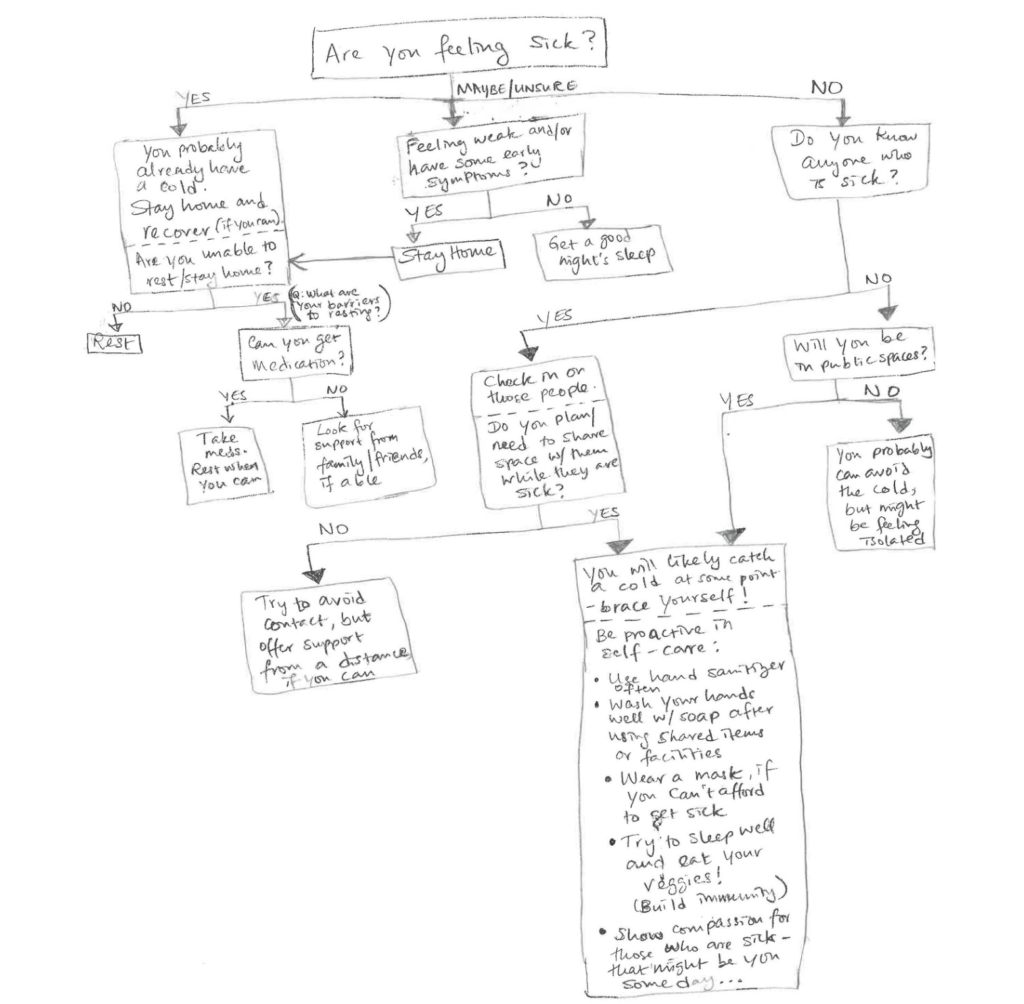Curators notes:
During our second Grapple Series session we explored algorithms, which are, in many ways, the inner workings of artificial intelligence (AI). What would we discover if we approached building algorithms through the lens of justice?
On March 17, 2020
Summary:
The Grapple Series: Exploring the Intersections of Artificial Intelligence & Humanity was organized by educators from The Western Pennsylvania Writing Project & The CMU CREATE Lab to support the exploration of the impact and implications of artificial intelligence and new technologies for education and for the communities we serve.
Originally published on March 17, 2020
During our second Grapple Series session we explored algorithms, which are, in many ways, the inner workings of artificial intelligence (AI). What would we discover if we approached building algorithms through the lens of justice?
Suggested pre-readings/viewings included:
Additional resources (Too delicious not to share):
We began by articulating our personal definitions of justice. bell hooks says, “Justice demands integrity. It’s to have a moral universe—not only know what is right or wrong but to put things in perspective, weigh things. Justice is different from violence and retribution; it requires complex accounting.” The words of hooks and others inspired our own grapplings with how we perceive justice. We then moved to define what an algorithm is, in our own words.
A People’s Guide to AI defines an algorithm as, “A series of steps that allow you to perform a particular task.” This definition also applies to our personal lives and the algorithms we use as part of our daily routines or decision making logic. Cathy O’Neil describes algorithms in AI as, “Opinions embedded in code.” She posits that a programmer’s values are part and parcel of the algorithms they create; just as an author’s personal perspectives are reflected in their writings, so does a coder’s algorithm reflect their values and opinions. How do algorithms operate in the context of AI and humanity? Can these algorithms be champions for and arbiters of justice?
Our subsequent small group discussions brought up interesting questions at the intersections of justice and algorithms:
- Does efficiency get you justice?
- Justice is blind. Algorithms are black boxes. When is this interrupted for transparency?
- Are algorithms regulated? Monitored?
- How do you create fairness?
We then attempted to build our very own algorithms for ‘Avoiding the Common Cold.’ Our works of ‘art’ are shown below…




We came back together to discuss questions that emerged during our process for building an algorithm. Are algorithms always binaries? How do you incorporate humanity into an algorithm to avoid the common cold? Can kindness be part of our algorithm?
We will be following these questions through to our next session, when we will grapple with the economics of AI.





